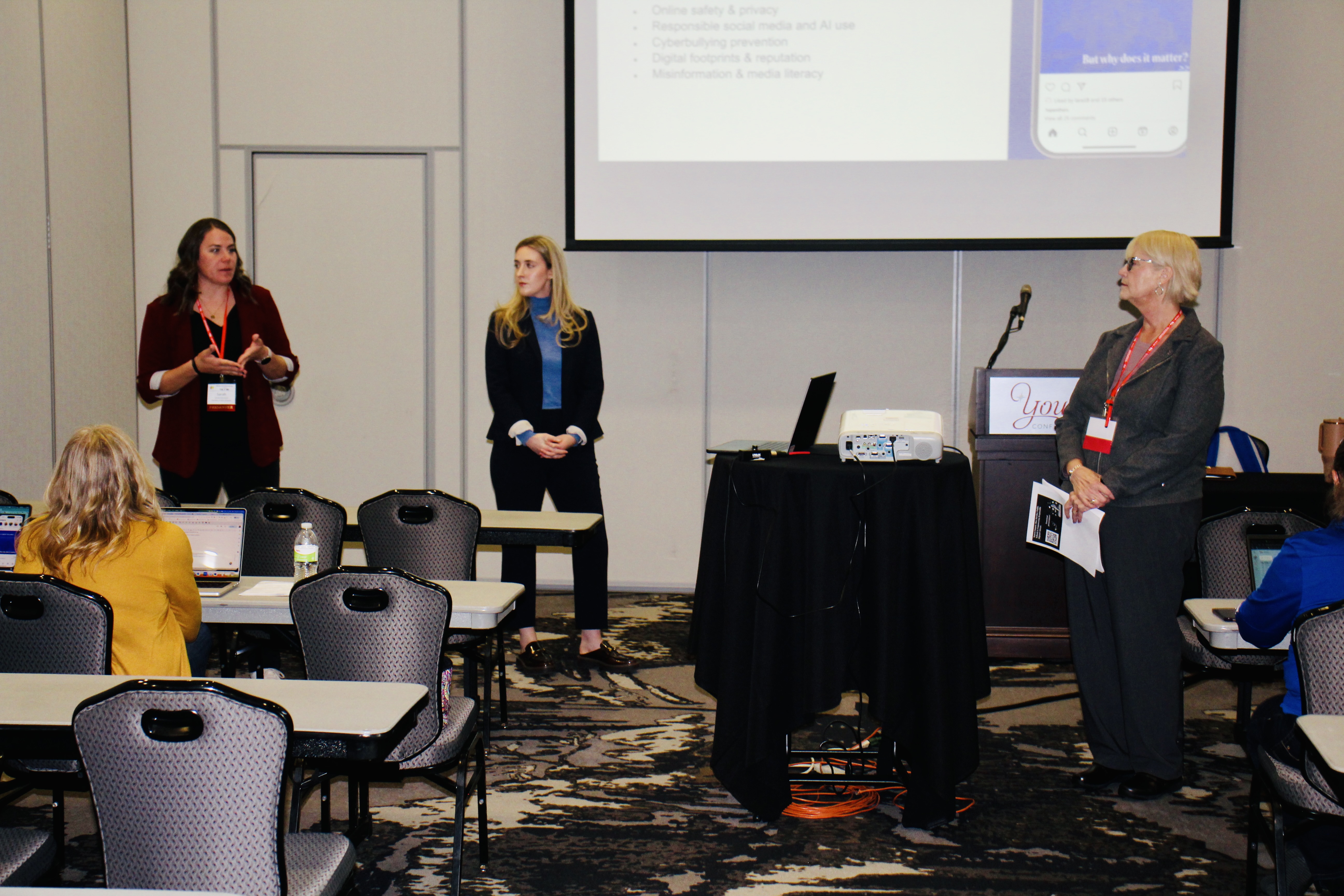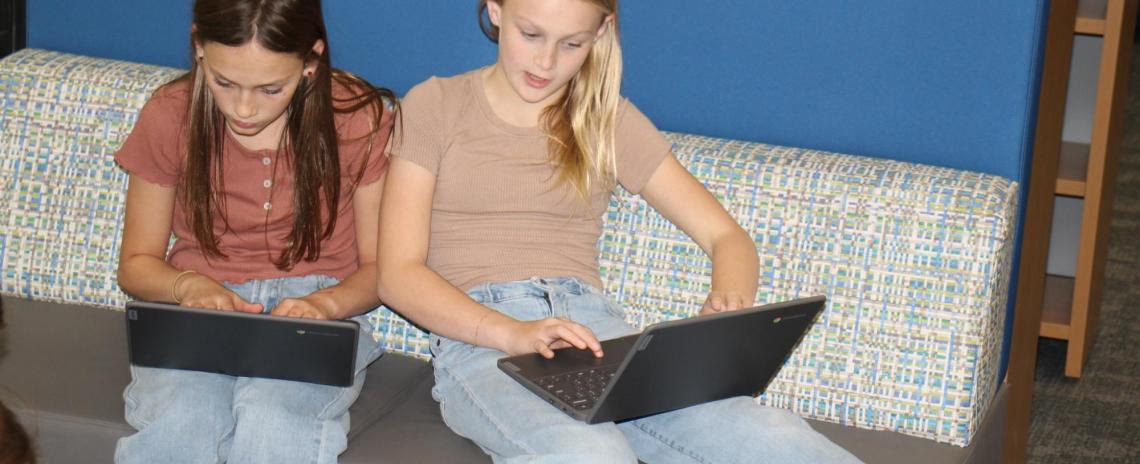Teaching Tomorrow: How Hershey Public Schools is shaping responsible Digital Citizens in the age of AI
Teaching Tomorrow: How Hershey Public Schools is shaping responsible Digital Citizens in the age of AI
By Tyler Dahlgren
When the Hershey Public Schools administration gathered with its board for a retreat in May 2024, talk turned to technology and, eventually, to the kind of young people the district hoped to send out into the world. The question wasn’t just how to handle cell phones, but how to prepare students for a digital world that’s evolving faster than any classroom curriculum.
“It was important for the board to know that our kids are going to be going out into the world and are going to need to have good digital citizenship skills,” said superintendent Jane Davis. “We wanted our stakeholders, our students, staff, and families, to learn what it means to be responsible, ethical, and safe online.”
They were standing at the crossroads of social media and mental health, said Davis, and that was a little intimidating for the school located 20 miles west of North Platte.
Thankfully, the board was receptive and agreeable. Everyone was on the same page, and that conversation quickly became a catalyst that resulted in a board goal centered on digital citizenship, and, eventually, a districtwide campaign designed to teach Hershey students how to navigate technology with awareness and integrity. Over time, that mission expanded to include a new frontier: artificial intelligence.
Davis, a former technology director herself who’s spent 13 years as Hershey’s superintendent, has seen firsthand how quickly digital challenges can pop up and change shape. The district had long emphasized responsible technology use through acceptable use policies and digital literacy lessons. But in recent years, the lines between social media, mental health, and student well-being began to blur.
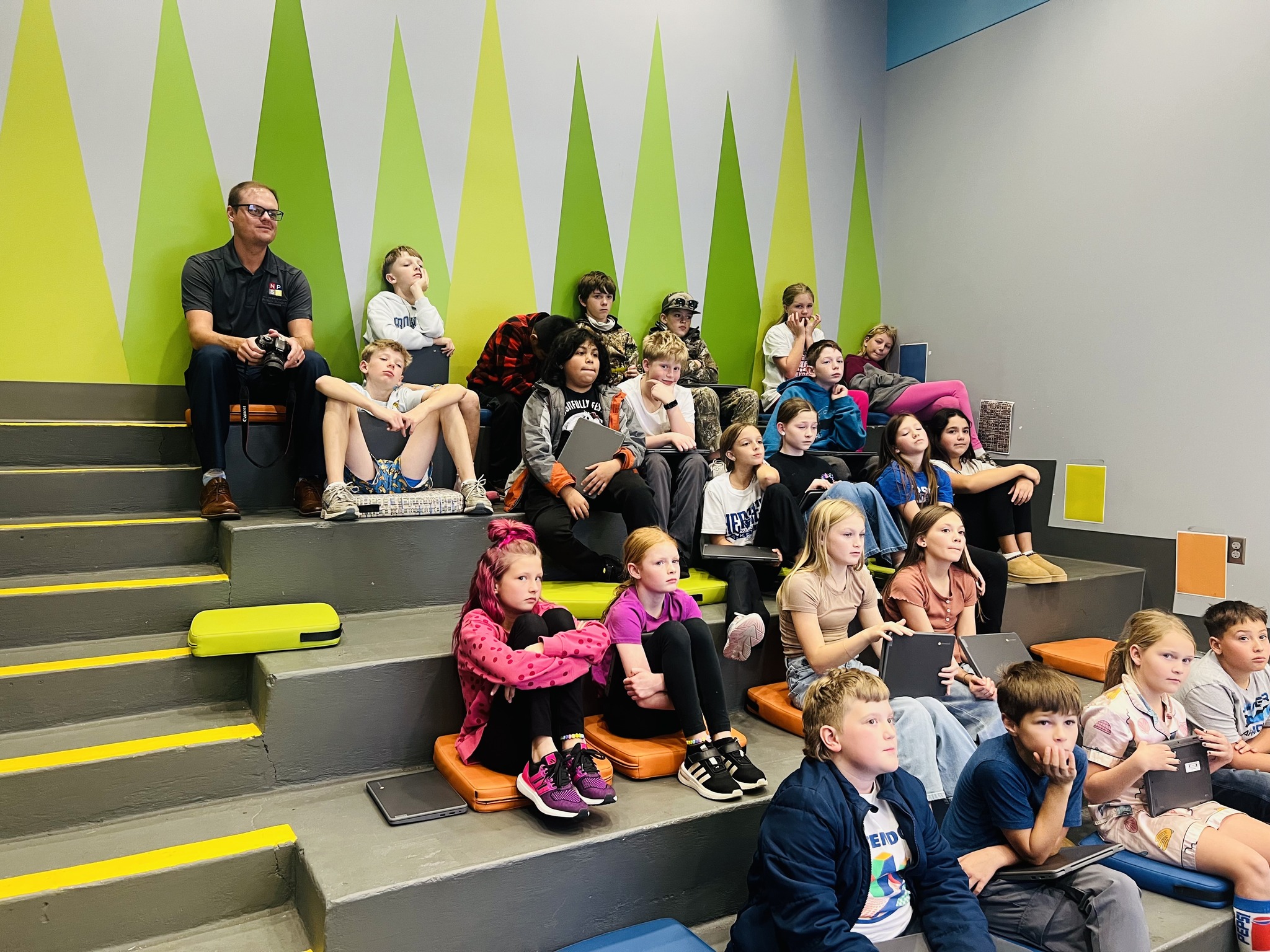
“The spark really came when social media had so much influence on our students’ lives,” Davis said. “We’d get calls from parents asking, ‘What is the school doing to teach proper social media skills?’ And they were right to ask.”
The district’s leadership decided that being reactive wasn’t enough. So Hershey Public Schools got proactive. They set out to meet students where they felt the most alive, said Davis. They ventured online.
Using approximately 20 new digital displays strategically scattered across the school and social media platforms, they launched a digital media campaign that promoted the five fundamentals of responsible online behavior they had identified: online safety and privacy, cyberbullying prevention, digital footprint awareness, media literacy, and respectful social interaction.
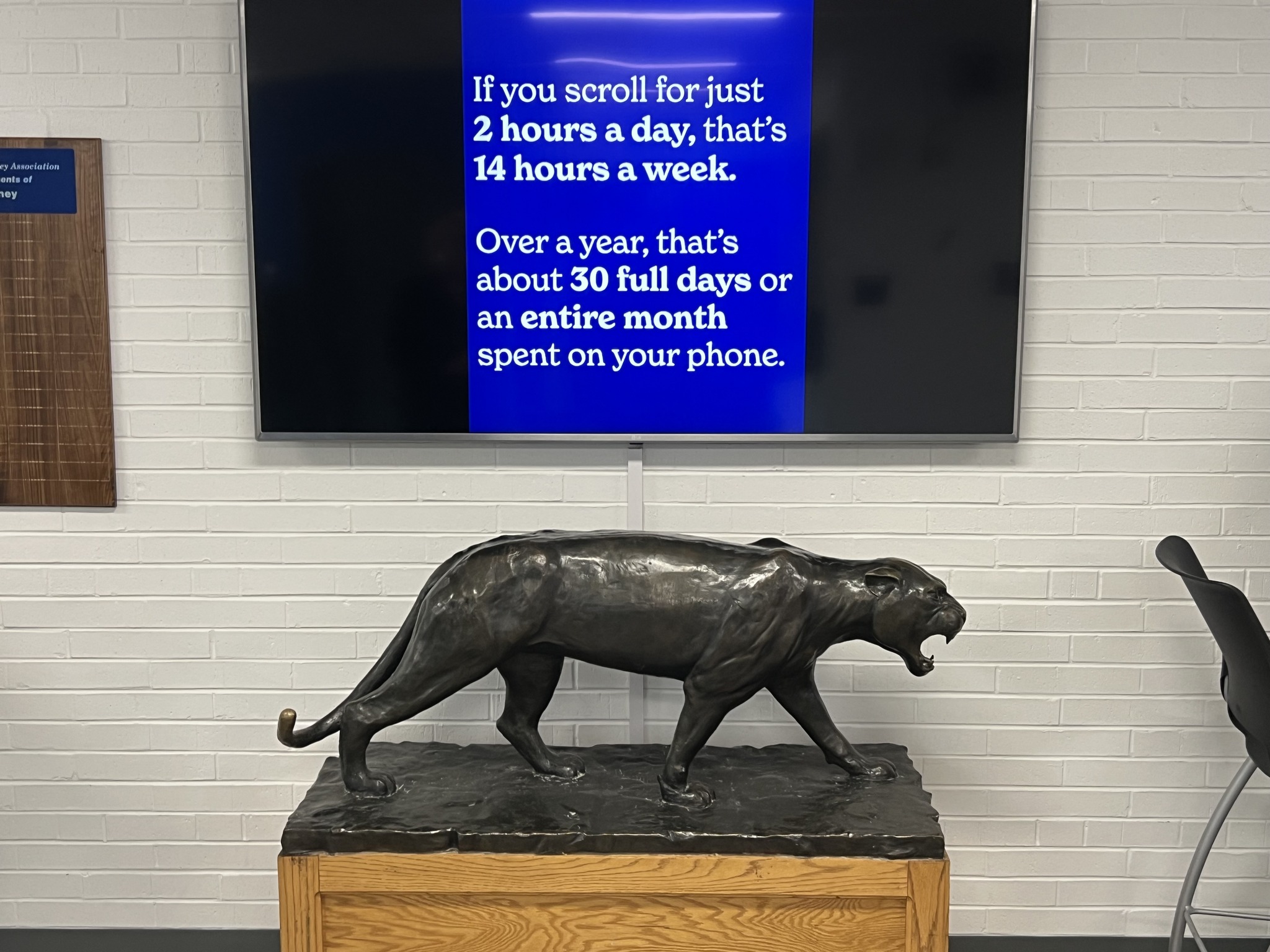
“We wanted our kids to understand what looks good online, what’s appropriate,” Davis said. “They’re going to use their devices, at home, at college, at work. Our job is to prepare them to be responsible digital citizens wherever they go next.”
After some early stumbles, HPS realized it needed to solicit some outside help and partnered with professional media firm A-Plum Creative to design posts and graphics that would resonate with students. The posts, which appear weekly on Instagram, X, and the school’s in-house displays, deliver digestible lessons about topics like screen time, misinformation, and healthy digital habits.
“We wanted it to look and sound like something they’d actually pay attention to,” Davis said with a chuckle. “And I’ll be honest, I didn’t want to have to do all the posting myself.”
That combination of practicality and progressiveness runs deep in Hershey’s culture. Technology isn’t new to the district; it’s part of its DNA. Hershey Public Schools has been 1:1 with Chromebooks for years, long before many rural districts adopted similar models.

“When I came here, I was blown away by how innovative Hershey already was,” said elementary principal Jared Thomsen. “Technology was already prioritized, valued and supported. From the board down, everyone asks, ‘What do the kids need? What do the teachers need?’ That’s where we put our resources.”
Thomsen said that same forward-thinking mindset shaped the district’s approach to artificial intelligence. Rather than avoiding AI out of fear or uncertainty, Hershey’s leaders leaned into it as a teaching opportunity.
“As an admin team we decided we don’t want to limit AI, but rather teach kids how to use it appropriately,” Thomsen said. “AI and education have changed more in the last two years than they did in the previous forty. We have to do our best to keep up.”
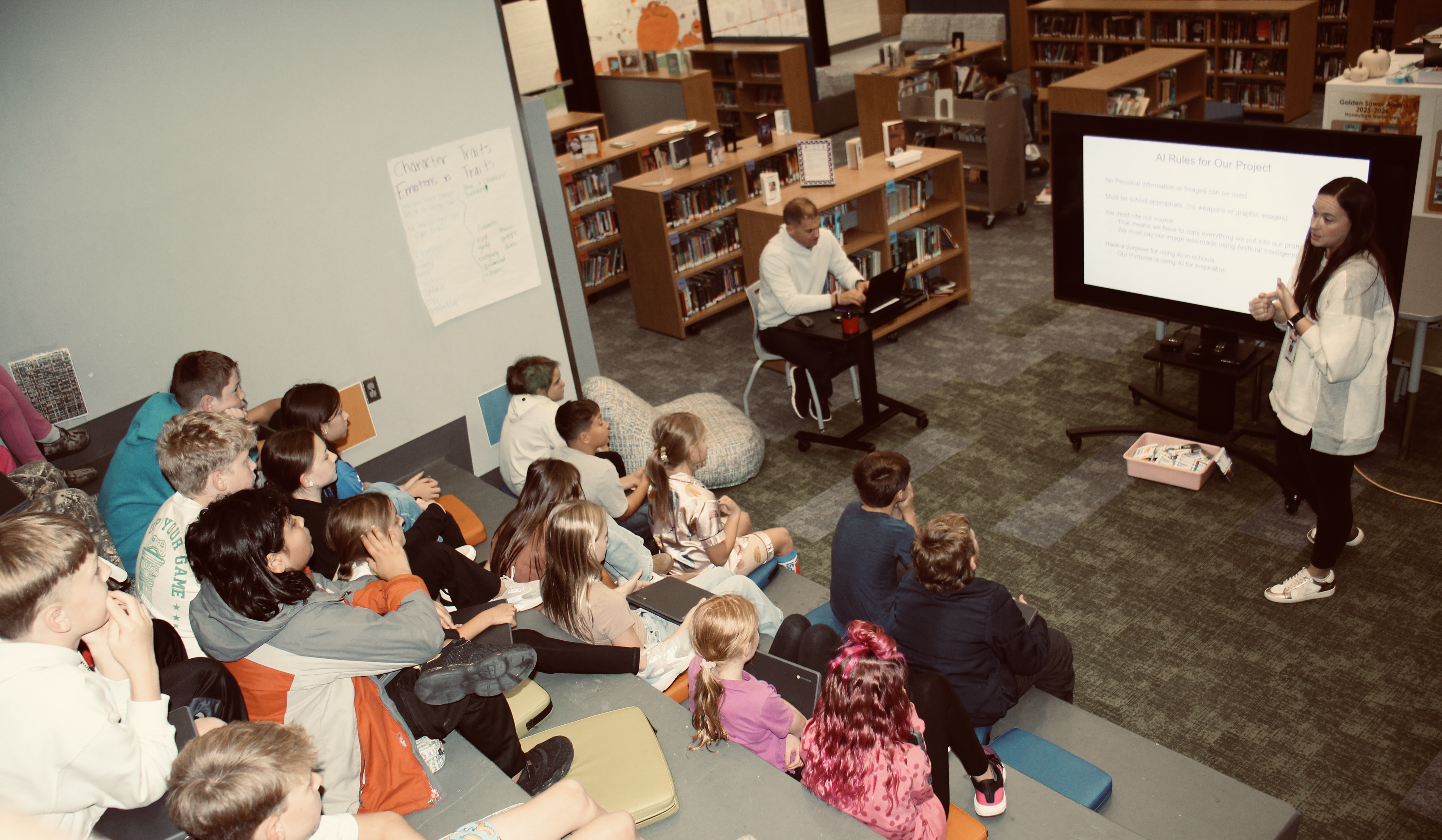
The staff at Hershey leaned into the plan. On a Tuesday afternoon in late October, HPS media specialist and librarian Lindsay Stier stood in front of fifth-graders and walked them through a fun writing project incorporating the AI feature on Canva. The class oohed, aahed and laughed as Stier’s imagination of a superhero lap dog came to life on the screen behind her.
Then they were off with their Chromebooks to create a fun photo of their own. The students then authored stories to go along with their creations. Among all the giggles, you could feel the excitement fill the library.

While it can be pretty fun, Thomsen sees AI as more of a tool than a toy, something that can streamline workflows, support creativity, and even make learning more personalized if used with care. That starts with understanding boundaries and ethics.
“It’s our job as educators to teach them how to use it safely,” he said. “Just like a cell phone. We don’t know what kind of jobs these students will have in 20 years, but we know they’ll need to use these tools responsibly.”
The adults in the district are learning right alongside the kids. They’re on this journey into a new age of education together.
“We’re all learning,” Thomsen explained. “There are so many AI platforms. Before watching Mrs. Stier today, I hadn’t been on Canva’s. That was fun to see. It’s about figuring out which ones make sense in education and which ones actually help teachers challenge students while staying aligned to Nebraska standards.”
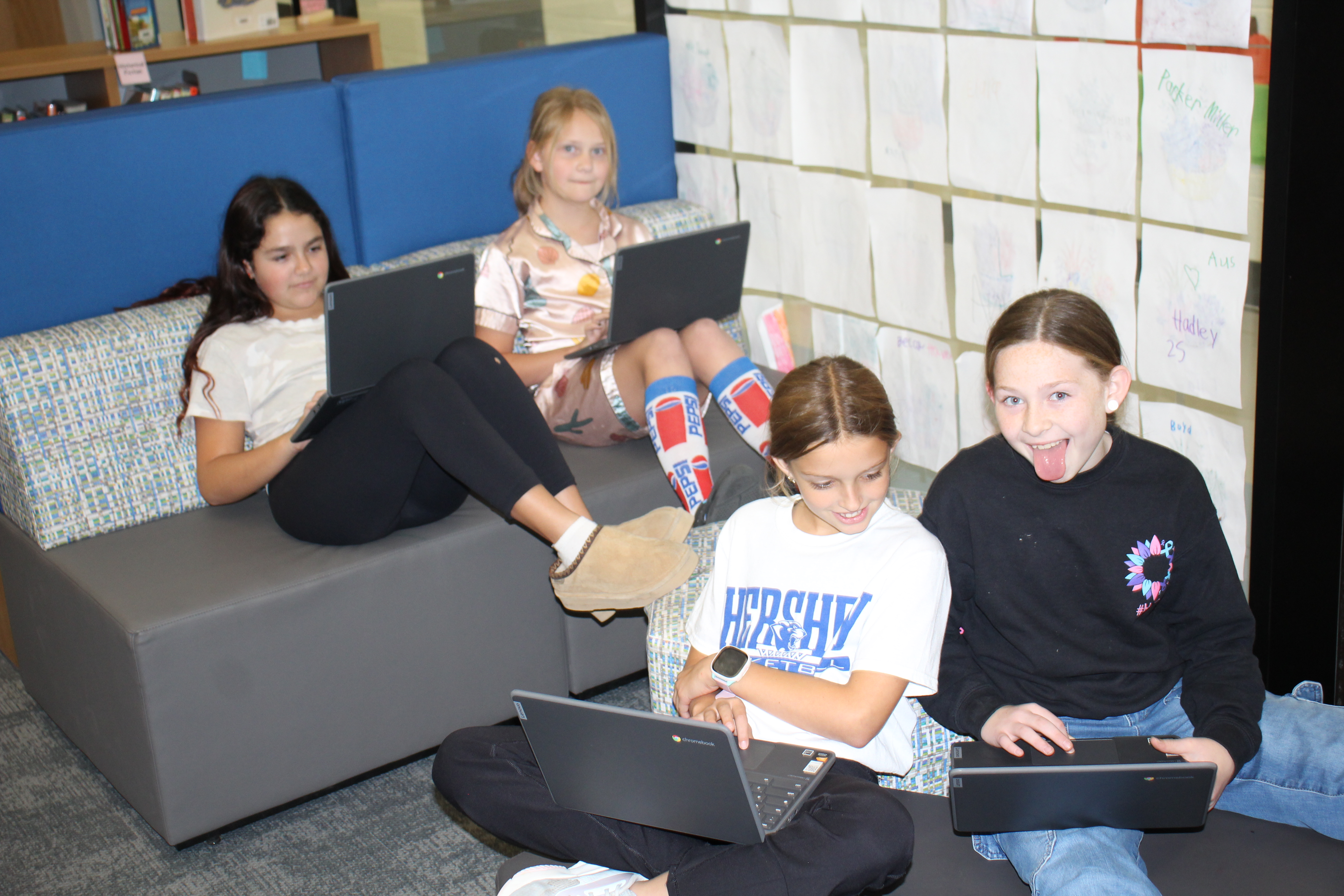
For Kort Smith, who has served as Hershey’s IT director for 18 years, that learning curve is part of the excitement.
“You think you’ve got it figured out, and then you’re behind again,” Smith said. “You just have to have that learning mindset all the time.”
He’s seen the landscape shift dramatically in just the past few years.
“The last two years especially, the shift’s been crazy,” he said. “AI’s integrated into everything now. It’s kind of like when social media came out. At first there was resistance, but now it’s just part of life. The important thing is making sure kids aren’t blindsided by it when they leave us.”
That philosophy, opting to be proactive rather than reactive, has guided Hershey through each stage of its digital evolution. From doing away with phones during instructional time to refining cell phone policies based on student well-being, every decision ties back to the goal they circled at the outset.
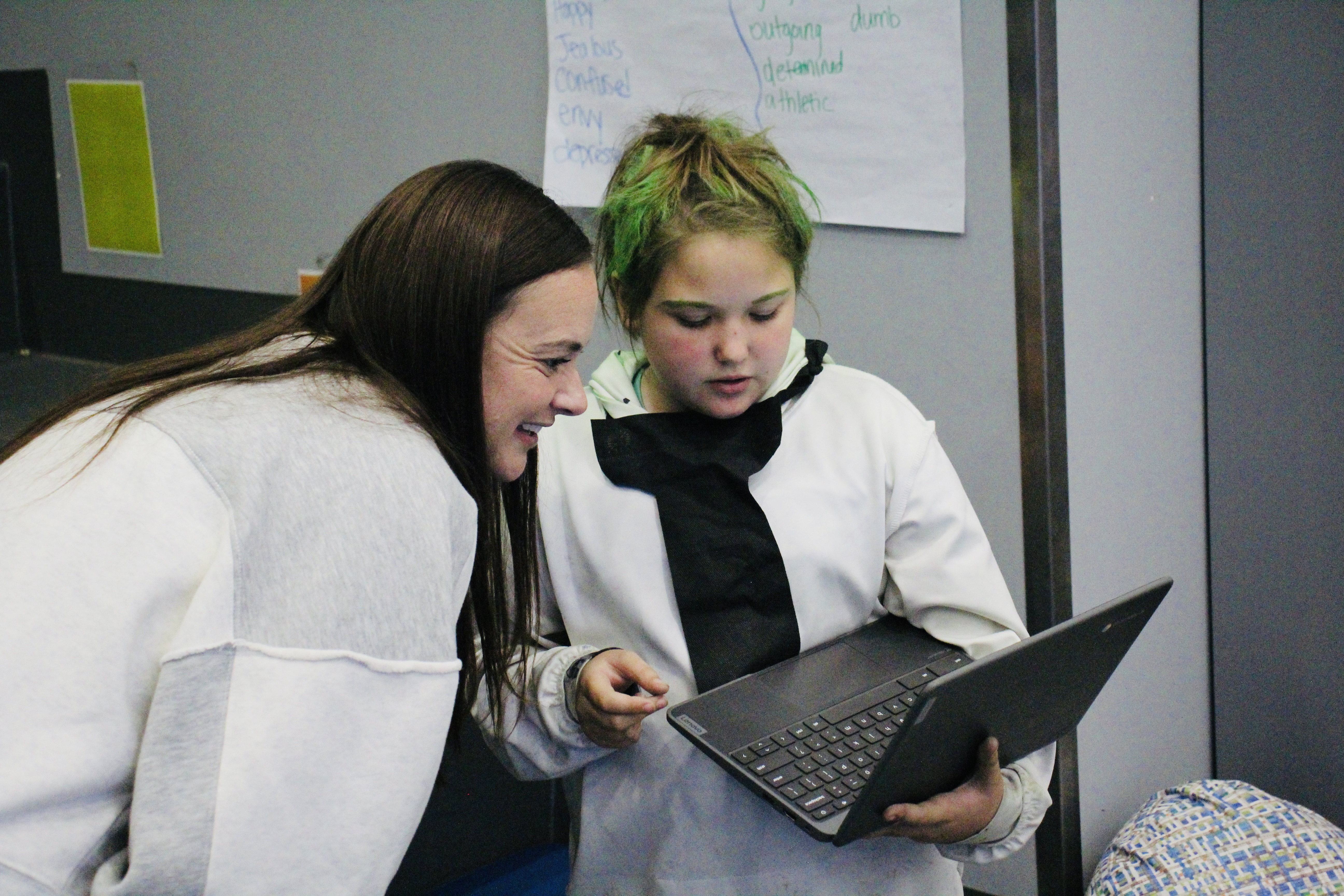
“It’s like I tell my son all the time,” said Smith. “There’s a real chance he’s going to have a job that isn’t even invented yet.”
Much of Hershey’s digital citizenship effort grew from a growing awareness of how social media impacts students’ mental health. During that 2024 board retreat, the discussion kept circling back to the emotional weight of constant connectivity.
“We talked about The Anxious Generation,” Davis said, referencing the book by Jonathan Haidt. “We know that social media and phones can create anxiety. So we used that as part of our framework for new cell phone policies.”
Today, Hershey’s middle school students keep their phones put away during the school day, while high schoolers have limited access during lunch. The move wasn’t predicated on restriction, but rather education.
“We don’t just tell them to put the phone away,” Davis said. “We explain why. We show them what excessive screen time looks like, what misinformation looks like. We want them to build those habits now.”
Those lessons show up not only in classroom conversations, but also in weekly social media content that challenges students to reflect on their own habits. It’s important, Davis said, for the students to recognize when those habits cross the line and become unhealthy. Two hours spent scrolling each day adds up quickly. That’s fourteen hours a week, or 30 full days over the course of a year.
“It’s about perspective,” Davis said. “Helping them see the bigger picture.”
If there’s one constant in Hershey’s approach, it’s an embrace of change. The small district in rural Nebraska might not have all the answers, but they’re not afraid to ask the questions. Unintimidated by a frontier.
“Education is changing fast,” Thomsen said. “We can’t shy away from it. We have to teach kids to adapt, to question, to think critically because we’re all figuring it out together.”
Davis echoed Thomsen’s sentiment.
“We know AI is here to stay,” said Davis, who presents alongside her team at conferences and was recently featured on an episode of ESUCC’s The Good Life EDU podcast. “Our job is to make sure students understand what it means to use it safely, ethically, and responsibly.”
Hershey’s commitment to readiness, reflection, and responsibility, runs through every screen in these hallways, in every policy set and every conversation had.
“When they leave Hershey Public Schools, we want them to be good digital citizens,” said Davis. “Because that’s not just a school skill anymore. It’s a life skill.”
